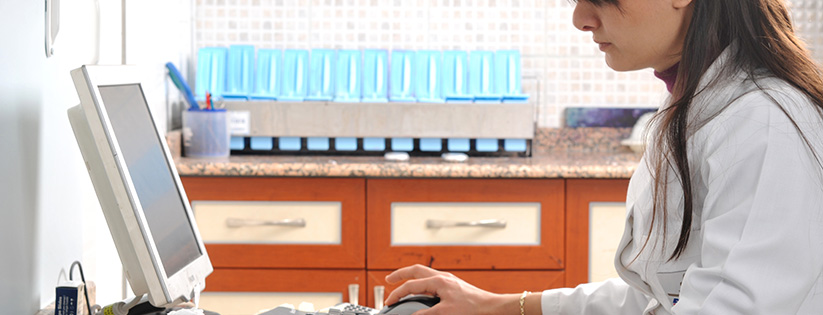Maximizing revenue in the laboratory healthcare industry’s complex third-party payer system has always been a challenge. With increasingly elaborate payment models and escalating payer scrutiny for high-tech testing, it’s never been more critical to stay current with new technological advances in the revenue payment lifecycle.
For our purposes, let’s define the lifecycle as two-fold: 1) patient access, including prior authorization and insurance verification, coupled with 2) revenue cycle management (RCM)—coding, billing, AR management, and insurance discovery. Today’s advances in AI-driven software and improved automation are opportunities to significantly improve efficiencies, while reducing the burdensome administrative workflow and, in the end, increase revenue collected.
Automation Makes the Process Much Less Cumbersome
Start with Patient Access
One of the more frustrating problems with the laboratory revenue payment lifecycle is patient access—that initial point when you receive a specimen and the accessioning process begins. If you don’t have the current and correct information, collecting revenue becomes a complicated rework exercise where accurate insurance information must be tracked down, and prior authorizations (PAs) have to be resubmitted and followed-up.
Whether a hospital-based outreach, routine or specialty lab, by employing advanced automation integrated with your existing LIS system, these functions can be completed in real-time with only complex situations needing human intervention:
- Insurance information, whether received from a third party or directly from the patient, can be verified prior to initiating testing; and
- PAs, through an integrated portal utilizing automation and AI-driven technology, can be determined, initiated, verified, and followed-up on – reducing the need to write off denied amounts or appeals with retro payment requests.
Find Support After Testing is Complete
Once a patient has had their testing completed, the revenue collection process begins. If you have correctly verified the patient’s insurance information and obtained a PA (if required), then using automated technology and third-party expertise can create a winning combination to capture all possible revenue.
- Coding—With over 144,000 ICD-10 codes available, staying up to speed on the latest changes and modifications can be overwhelming. By enlisting a trusted third-party support team, coding can be handled timely with industry-leading accuracy—without the burden of ensuring adequate training and preparation.
- Billing—Meeting payer guidelines and time requirements can be shifted, including charge entry, payment posting, and credit balance resolution. Additionally, contract management is often a function that is overlooked but is critical to ensuring you are receiving maximum reimbursement.
- Insurance Discovery—Through AI and machine learning technologies, additional insurance coverage can be identified, and claims submitted to capture revenue your lab wasn’t even aware was available. This is especially important in the hospital setting where patients that are deemed to be charitable don’t always have access to their complete insurance coverage profile. Insurance Discovery is highly successful in reducing bad debt and improving cash flow.
In summary, laboratory reimbursement is under assault from all angles. You need to arm yourself with the tools to bring advanced automation into your entire laboratory revenue payment lifecycle—from the point of patient access continuing through the entire RCM workflow.
Contact us to discuss your laboratory revenue payment lifecycle and where automation and AI-driven software can make a positive difference.
